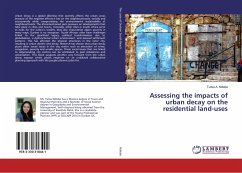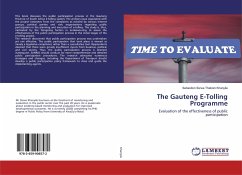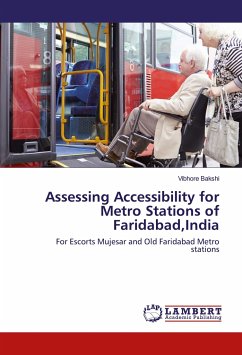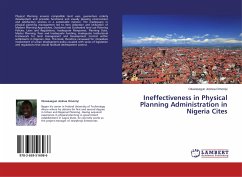Land use management in South Africa was historically used to racially and spatially segregate areas. Post-Apartheid, South Africa has had pressure to restore places and promote equality. Several legislative frameworks have been introduced to address past imbalances and create new urban spaces. Thus, all municipalities (including rural) have had to adhere to the Municipal Systems Act (2000), and the Spatial Planning and the Land Use Management Act of 2013 (SPLUMA), which is the most recent. Evidently, rural municipalities usually have more challenges when implementing land use management systems (LUMS). Existing literature and the normative concerns of Behrens and Watson measure the land use management framework of Ntambanana municipality and its effectiveness to the community. Literature shows that municipalities change for the better with LUMS in place however, rural municipalities still face great challenges when doing so. Ntambanana shows that there is disintegration among thestakeholders.However, with a modification in policy and the participation of all stakeholders within the community, Ntambanana municipality has the potential to greatly improve land use management systems








